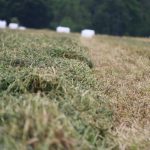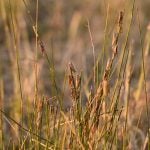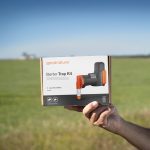A new Canadian Forage and Grasslands Asssociation high-performance forage program will be a resource for farmers, agronomists and others in the forage sector.


Program will be a resource for farmers, agronomists and others in the forage sector

A Little Bit Western: Invasive weeds, gophers, grasshoppers and raccoons are all on this rancher’s naughty list

Alberta research and U.S. commercialization suggest soil-dwelling nematodes could become a practical option for Prairie pest control

Grasshoppers, cutworms and armyworms can cause major damage if left unchecked. Learn how to scout and manage them


Provincial forecast maps show mixed levels of grasshopper risks

When you’re checking for pests, this insect’s wily ways could give you the slip

Integrated techniques offer farmers a bigger toolbox for pest control